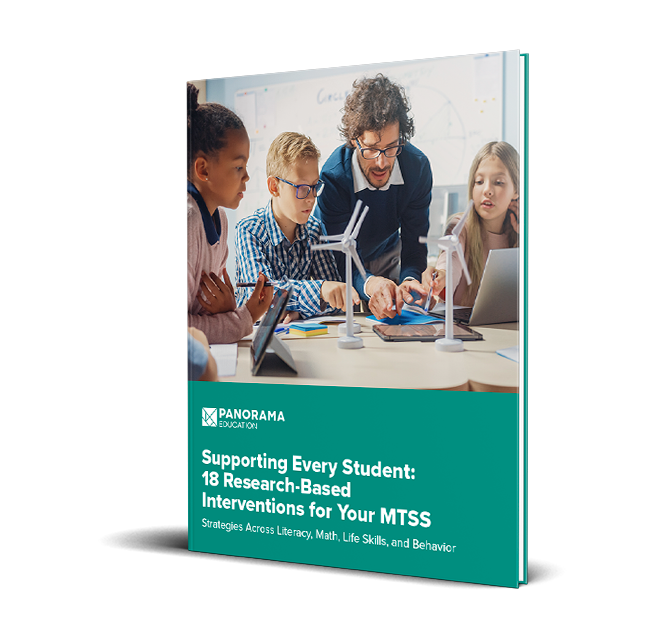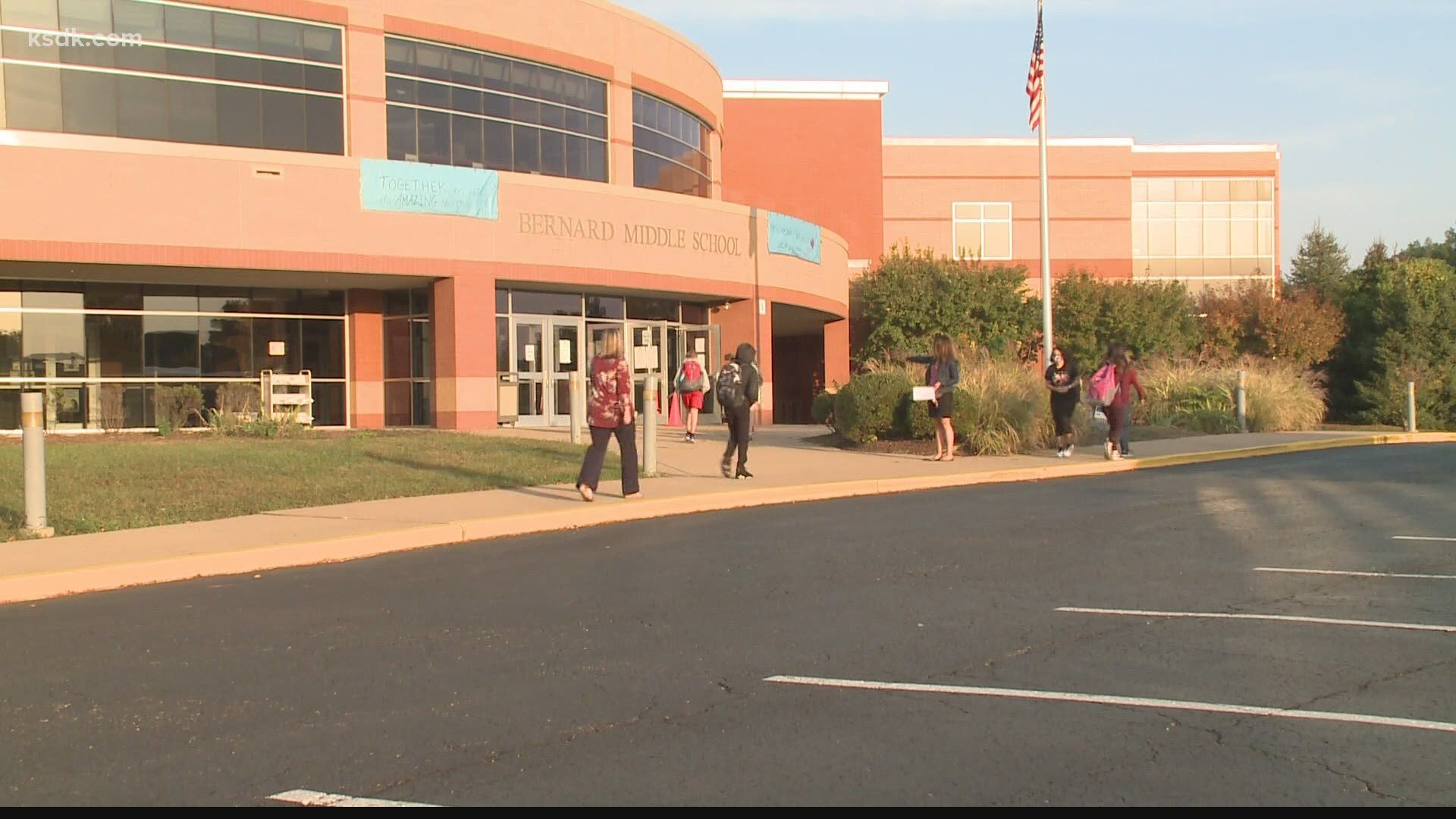Learn how Martin County School District empowers counselors by aggregating and visualizing data using Mesa OnTime.
Martin County School District Statistics
-
19,000+ students in total, including more than 5,500 in high school
-
87.4% graduation rate
-
65% college and career ready
-
Top 10 district in Florida for academic performance
-
43% of students receive free or reduced lunch
-
2nd largest employer in Martin County
Challenges
-
As a top twelve county for academic performance in Florida, Martin County needed to ensure equality of opportunity for all students.
-
But, with only six counselors per high school, the demands of fixing human error in schedules, assessments, and transcripts were impeding the critical socio-emotional counseling that students needed.
Solution
- Martin County adopted Mesa OnTime to provide a digital safety net that ensured these data errors did not cause students to fall through the cracks.
- By integrating with their existing SIS and automatically flagging schedule issues that could impact graduation, Mesa OnTime simplified Martin County’s data processing so counselors can resolve errors faster and focus more attention on student progress.
Results
-
Martin County’s counselors used Mesa OnTime to resolve more than 200 errors in the first month of usage. Improvements like these should not only reduce schedule disruptions and confusion in all three high schools but also improve graduation rates.
-
Administrators have also increased their data visibility to make better decisions across the district.
-
Mesa OnTime automatically scans for discrepancies in SIS data, creating a positive feedback loop that improves not just the Mesa integration, but adjacent systems that depend on that data.
Snapshot of a High-Performing School District
Educate all students for success. This mission statement captures the dynamic vision of equal opportunity education that makes Martin County exceptional. Martin County serves 19,000+ students in Florida, and it is consistently recognized for high academic performance.
“Our competitive academic achievements, industry-driven Career Academy curriculum, and outstanding cultural arts and athletic programs are among Florida’s best," says Laurie Gaylord, Martin County Superintendent.
But with accomplishment comes responsibility. The administrators and educators in Martin County take seriously the mission of educating all students for success—not just the economically privileged and academically gifted.
“When we say ‘educate all students,’ all means all," says Nicole Fisher, Martin County’s Director of Assessment and Accountability. "We have undergone a lot of demographic changes in the last decade, with a higher free and reduced lunch population. It’s really important to make sure we help every kid get across the finish line.”
Challenges
Too much scheduling data, too little time for student counseling
Martin County’s three high schools each have six counselors who lead the way in keeping 5,500+ high school students on track for graduation. These counselors do not have an easy job.
“They are pulled in an amazing amount of directions,” Fisher says. “Counselors figure out who needs to be tested for the PERT, ACT, and SAT. They’re working on students’ financial aid applications, scholarships, personal statements for college, college counseling, and career counseling. And they also work on scheduling, grade changes, and transcript changes.”
In a district of 5,500 high school students, these 18 counselors could not be everywhere at once. The sheer volume of manual audit tasks sapped time that counselors needed to devote to supporting students emotionally and socially. But, without counselors fixing schedule, transcript, and pathway errors, students would inevitably stumble on the way to graduating. This increased demand put school counselors in a tough situation.
“The hardest part of a counselor’s job is all the things they’re trying to keep track of in the high-stakes situation of students on the finish line to graduation. You’re basically the steward of it,” Fisher says.
Martin County had adopted a variety of education technology to manage student data, but their solution was not doing the job. After relying on internally-developed student information systems for years, Martin County transitioned to a web-based SIS called Focus. However, this SIS still required significant customization to provide accurate reporting and insight into scheduling and grade issues.
Even after these changes, too many students mistakenly received schedules with classes they’d already completed or did not receive an earned credit when they fulfilled internal grade averaging requirements. This led to a slow process of manual changes and paperwork that further ate up the time counselors needed to spend advising students.
“Manual processes breed data errors. We needed a more streamlined, efficient way for counselors to be able to correct issues for students, so they could spend more time on other things," says Fisher.
Solution
How Mesa OnTime simplified data processing to give counselors better insight
To increase graduation rates and make better use of counselor time, Martin County had to find a way to efficiently organize student data and resolve scheduling issues. When their Accountability team learned about Mesa OnTime, they knew they’d found a digital safety net to quickly fix transcript problems for all students.
“I knew how much data was inaccurate in Focus, so the idea of a ‘digital safety net’ rung true to me," says Fisher. "When I saw Mesa OnTime, I remember asking my business intelligence analyst ‘How long would it take you to do this, if this was your only job?’ And he responded with ‘a solid year.’”
After demoing Mesa OnTime to all Martin County counselors and administrators to gain their approval, the county used Title IV funding to deploy Mesa OnTime across their district. Within the first month of usage, Mesa OnTime helped Martin County counselors find and resolve more than 200 scheduling errors.
“The flags make it easy to locate scheduling errors even when you weren’t searching for them. They literally tell you what the problem is, with what student, and with what course,” Fisher says.
Because Mesa OnTime simplifies data processing across Martin County, counselors throughout the district have the insight they need to rapidly resolve issues.
“Mesa OnTime started funneling student data to us during testing and QA. One of our counselors was able to say to all the others, ‘OK, here’s all your kids that are scheduled wrong.’ They could make those changes before we had our full implementation,” Fisher says. “On the administration side, it’s nice to be able to look at data in the aggregate, like how many kids were scheduled in two classes? We can also provide logic for more flags for us to better isolate students’ issues.”
Results
Mending the graduation cracks with Mesa OnTime
With Mesa OnTime in place to resolve schedule and transcript errors, Martin County counselors have the time to provide the academic and emotional support all their students need. Beyond better graduation rates, Martin County administrators expect that having fewer schedule changes will lead to a better educational experience for students and teachers alike.
“Making schedules more accurate means less kids sitting in guidance to fix their schedules, and less changes for teachers in the first weeks of school," says Fisher.
The result? An academically high-performing district has the educational technology in place to ensure all its students are in the classes they need to succeed.
“We don’t want any kids to slip through the cracks,” Fisher says, “And sometimes it’s those kids in the middle whose transcripts don’t get looked at, because they’re not applying to an Ivy League school, and they don’t have a 1.9. They have a 3.0. All those kids deserve to have their transcripts made sure they’re perfect.”
Learn how Mesa OnTime can simplify data insight in your district







.webp?width=666&height=640&name=Interventions-Progress-Monitoring-Toolkit%20(dragged).webp)